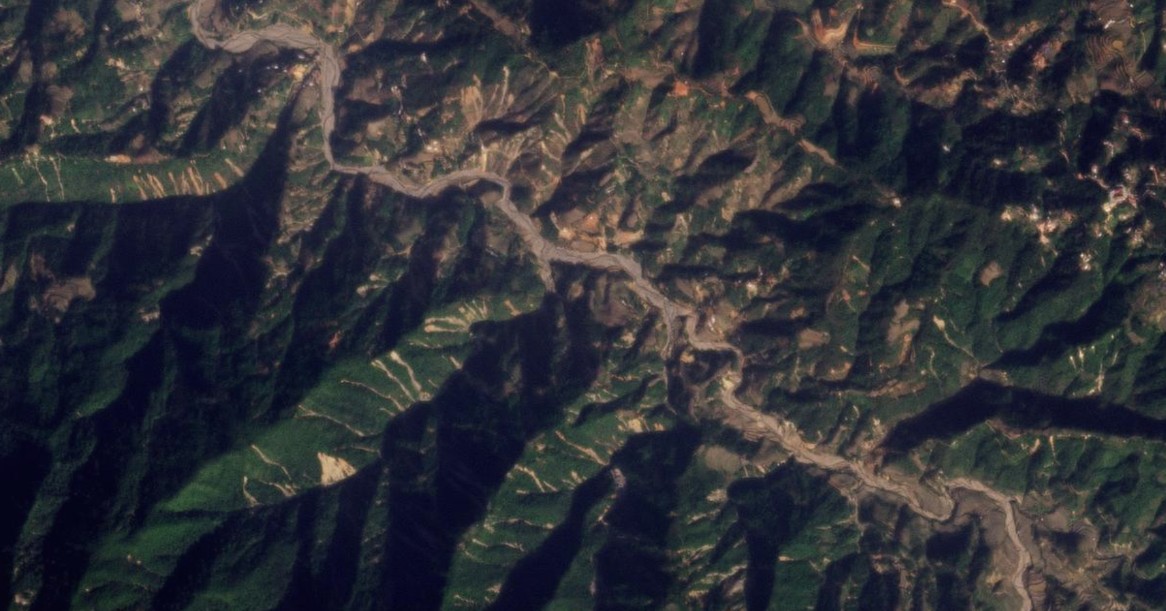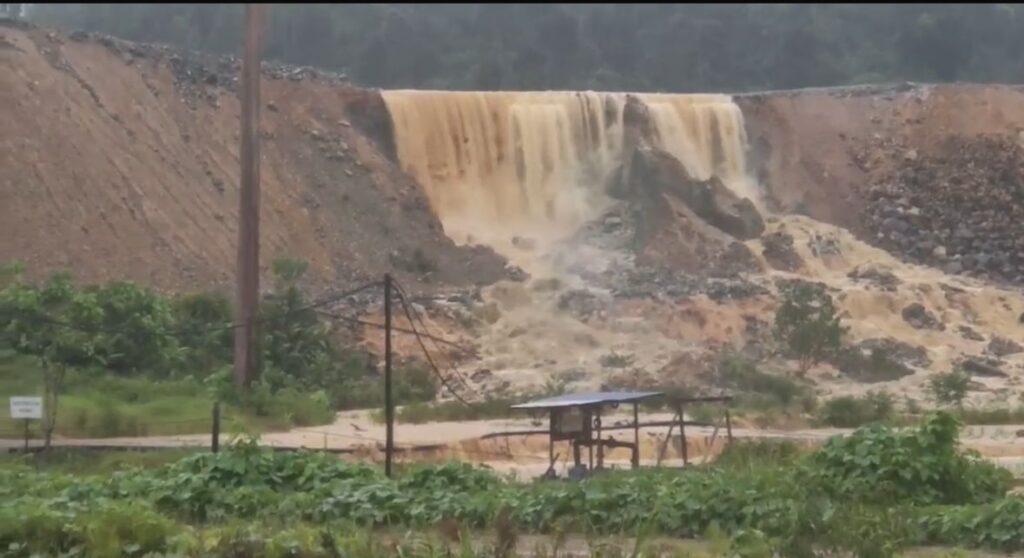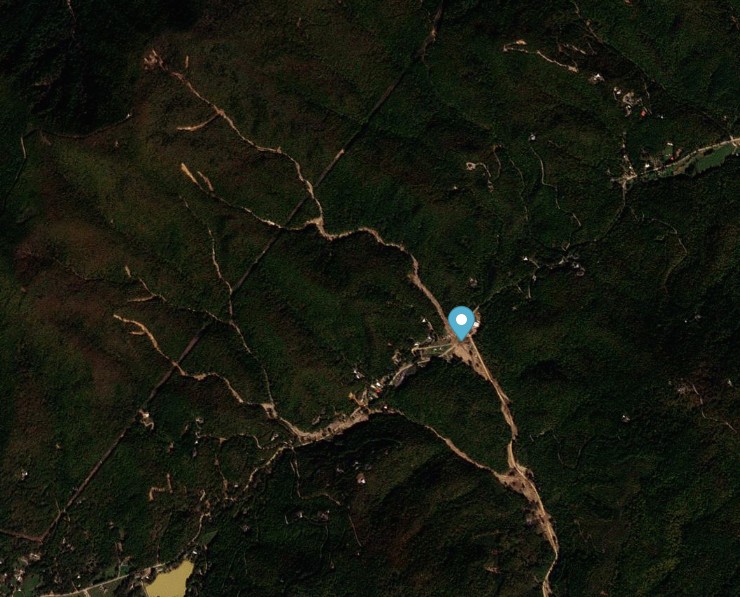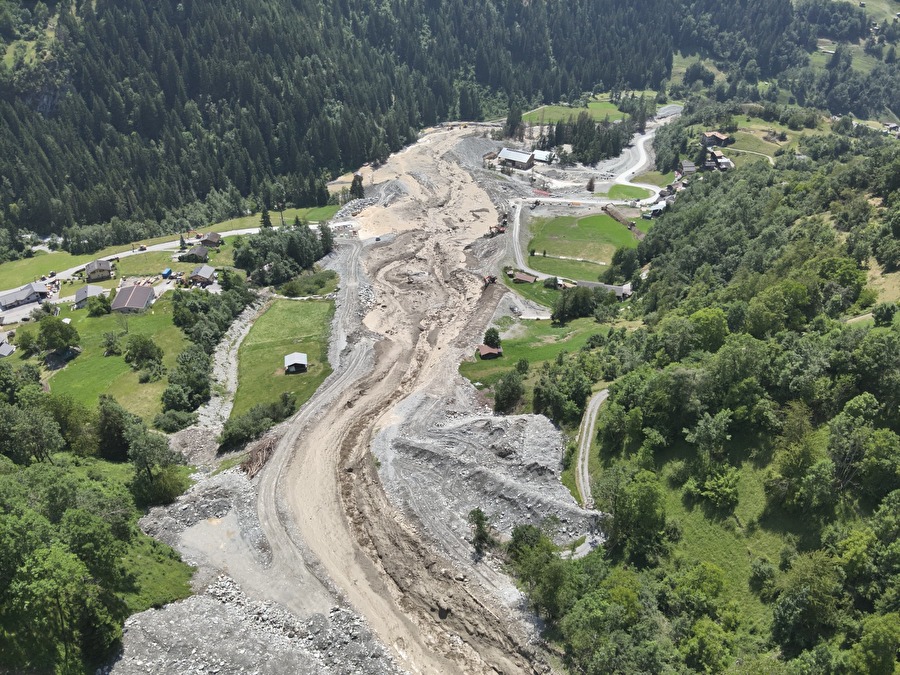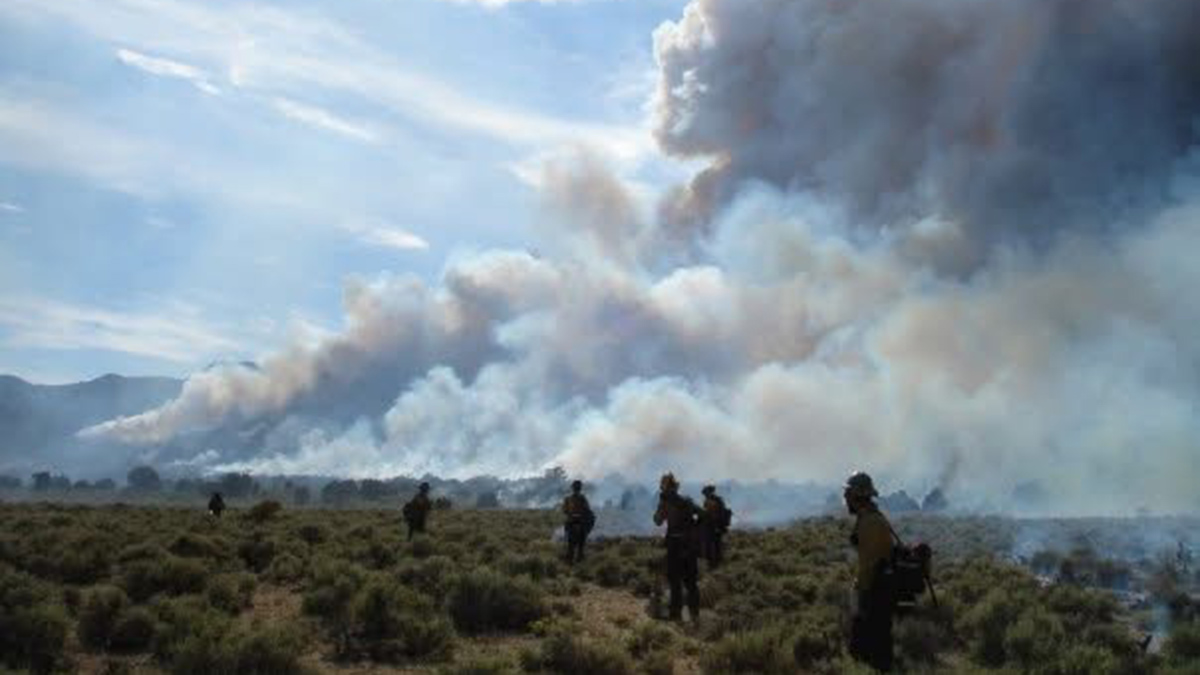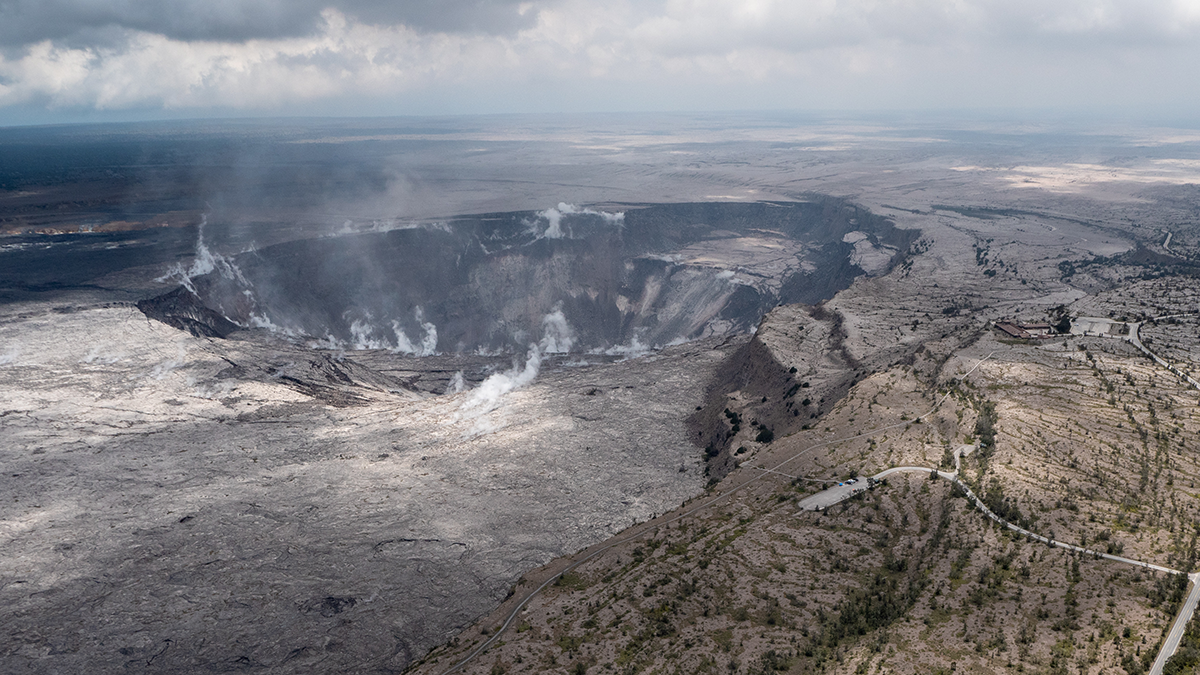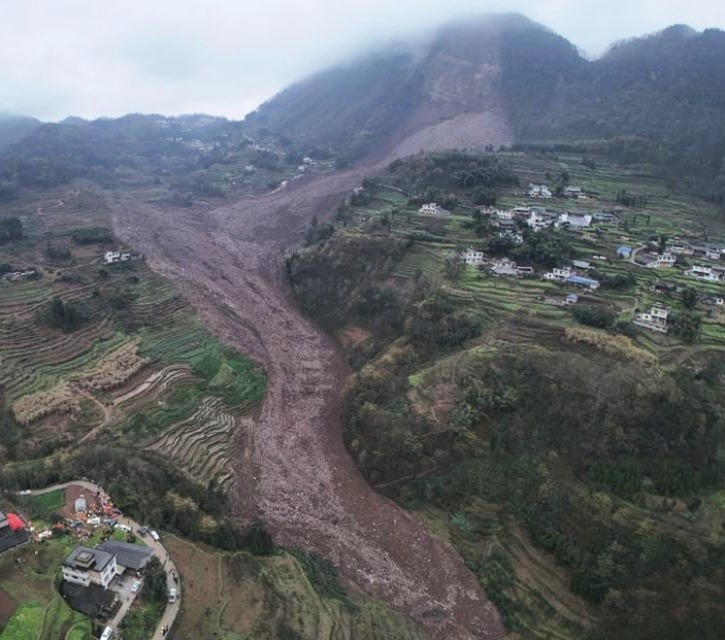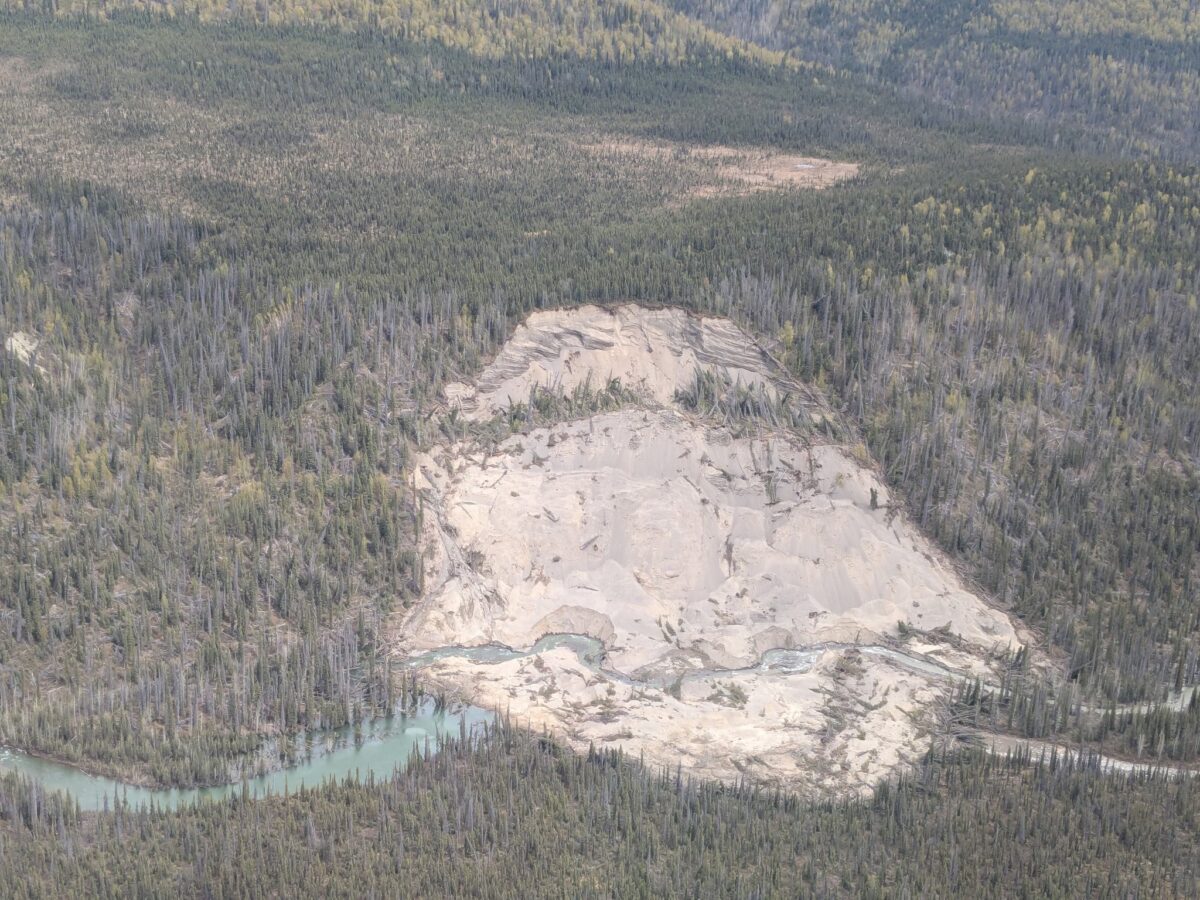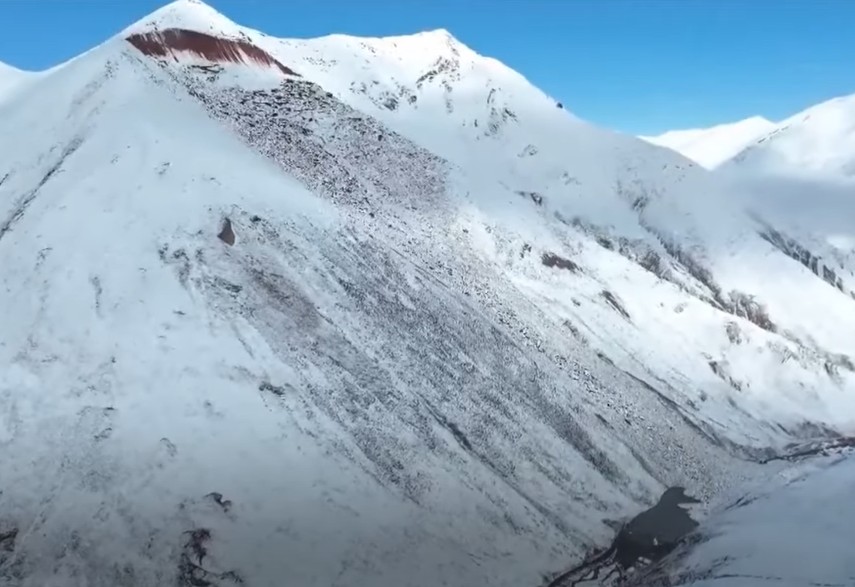Monitoring and forecasting the movement of volcanic clouds is key to mitigating the impacts on communities, infrastructure, and air traffic.
Hazards & Disasters
Multiple rainfall-triggered landslides in Ho Bon commune Vietnam in August 2023
Between 4 and 6 August 2023, intense rainfall triggered at least 346 landslides in the area around Ho Bon commune in Mu Cang Chai district, Yen Bai province in Vietnam I have written frequently on this blog about clusters of rainfall-induced landslides. Another really interesting example has been highlighted in a paper (Toan et al. […]
Bukit Mantri: a mine waste facility failure in Malaysia
On 17 May 2025, a failure occurred in a mine waste facility at the Tawau gold mine in Malaysia. Images suggest that this might have been an overtopping event in a contaminated water storage pond. On 17 May 2025, there was a failure of a mine waste storage facility at Bukit Mantri in Malaysia. The […]
Landslides triggered by Hurricane Helene in September 2024
The USGS has published a preliminary report on landslides triggered across western North Carolina, northern South Carolina, eastern Tennessee, and parts of southern Virginia by Hurricane Helene in September 2024. Over 2,000 failures were triggered by up to c.700 mm of rainfall in a 72 hour period. Between 26 and 28 September 2024, the remnants […]
Another landslide crisis in Switzerland – debris flows in the Val de Bagnes
30 people have been evacuated in Les Epenays and Fregnoley in the Val de Bagnes in Valais due to the threat of debris flows . As the dust settles on the landslide crisis at Blatten, Swissinfo has published a very nice article highlighting the growing landslide risk in Switzerland. For example, in the canton of […]
The Goldilocks Conditions for Wildfires
Twenty years of data from around the world show that areas that are not too dry and not too wet are most conducive to wildfire burning.
Rising Concerns of Climate Extremes and Land Subsidence Impacts
Increasing interplay among extreme events and land subsidence impacts calls for urgent mitigation and policy action to reduce detrimental ramifications to infrastructure and people.
An initial analysis of the 8 February 2025 Junlian rock avalanche, China
A new paper in the journal Landslides has presented a review of a large landslide that killed 29 people in Sichuan Province. On 8 February 2025, a large rock avalanche occurred in Junlian County in Sichuan Province, China. I wrote about this event, now known as the Junlian rock avalanche, at the time. With remarkable […]
A landslide on the Lakina River in Alaska
A recent Facebook post has highlighted a reasonably large slump landslide in a remote area of Alaska. Satellite images suggest that this occurred in late October or early November 2024. Loyal reader Andrew McNown kindly highlighted a recent Facebook post that provided some images of a landslide that has partially blocked the Lakina River in […]
The 1 June 2025 landslide at Muta township in Tibet
A 200,000 cubic metre rockslide in a remote area of Tibet on Sunday has left ten people dead or missing. On 1 June 2025 a large rockslide occurred in Muta township in Chamdo (Qamdo) metropolitan area in Tibet. Note that Chinese media sources call this area Xizang Autonomous Region, but it is what most of […]


